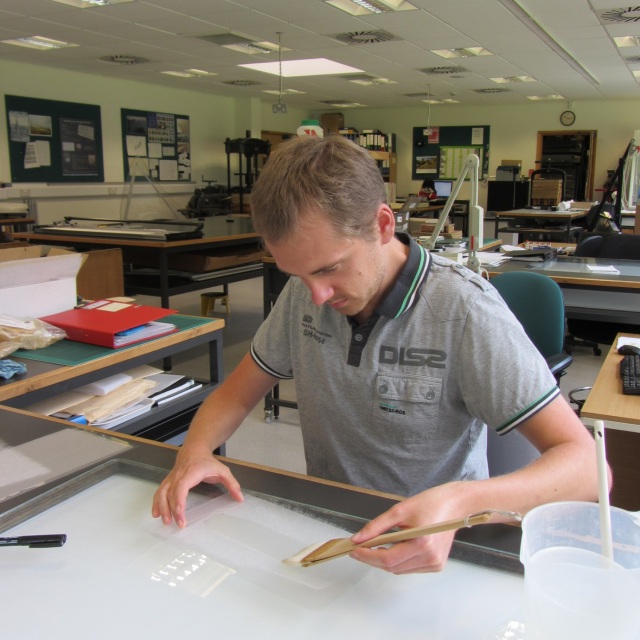Around Christmas last year businesses and organisations from Norfolk and Suffolk visited the John Innes Centre to offer 12 week internships for PhD students. The idea of the Professional Internships for PhD students (PIPs) is to offer experience of work outside of academia, and as such the placement should be unrelated to our research project.
There were a lot of employers’ stands to choose from, from web design companies to aircraft dismantlers. The choice was slightly overwhelming, but with only an hour to talk to some prospective ‘employers’ time was of the essence. Wearing a shirt and tie which I’d hurriedly put on five minutes previously in the spectroscopy room, I decided I’d have a quick chat with a representative from the Norfolk Record Office (NRO) to get things going. Twenty minutes later I’d decided that 3 months at the NRO sounded like an incredibly interesting opportunity and we exchanged email addresses. Later I was invited for a tour of their impressive buildings and an interview, after which I was delighted to be offered an internship.
The project I am working on looks at isinglass, a natural glue derived from the swim bladder of the sturgeon fish. This glue is used in NRO’s conservation studio for the repair of documents so that they can be safely handled for years to come. Traditionally isinglass was sourced from the swim bladders of wild caught Beluga Sturgeon. Due to pressure from the caviar trade, however, these fish are classified as critically endangered with international protection making their swim bladders unobtainable. As a result, conservation studios have had to look to alternative sources of isinglass, with suppliers selling swim bladders from sturgeon farmed in aquacultures in Germany. Unfortunately these swim bladders are much darker in colour than those from wild Beluga Sturgeon. My project is to look at ways to remove some of this colouration before the isinglass is used in conservation.
One of the biggest challenges I’ve met so far has been moving from a fully kitted chemistry lab to a conservation studio environment. Having identified the course of the isinglass colouration I had to consider how I could remove it using chemicals and equipment commonly found in conservation studios. Without my usual battery of analytical instruments, I also had to consider how to best quantify my results.
So far I’m pleased to say I’ve had some promising results using consumer appliances and some common studio chemicals. You’ll just have to wait until I’ve finished my internship at the end of December before I tell you how we did it!















Well done! And thank you for choosing the NRO.
You didn’t say what your research project is.
LikeLiked by 1 person
Hi Michael, this video and this article sum up my project nicely!
LikeLike
Pingback: From parchment to pixels | Norfolk Record Office